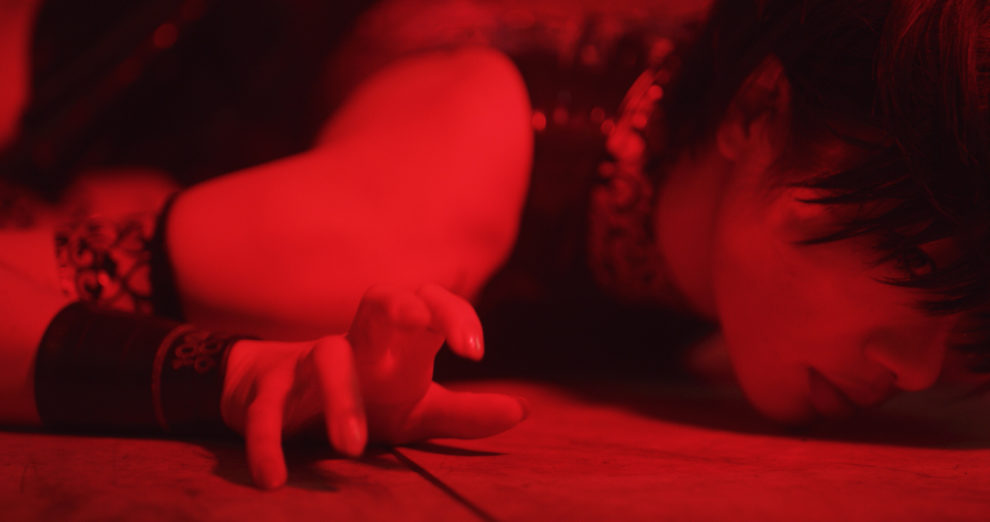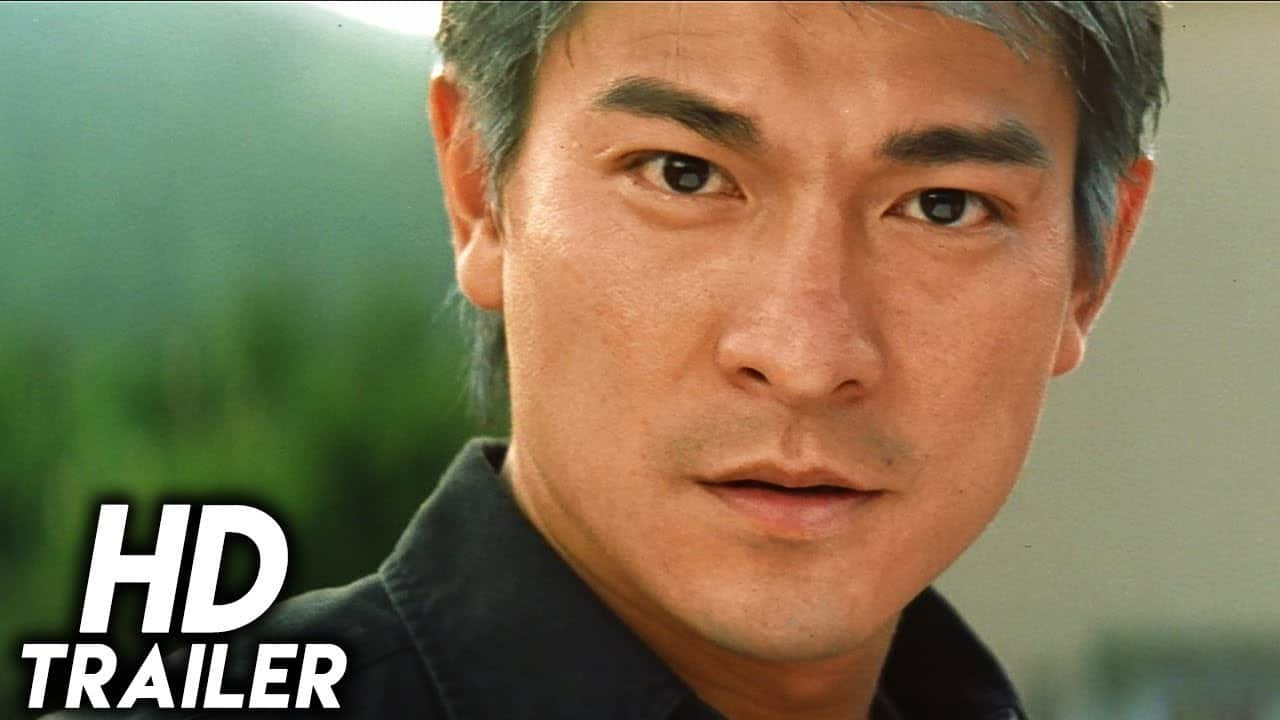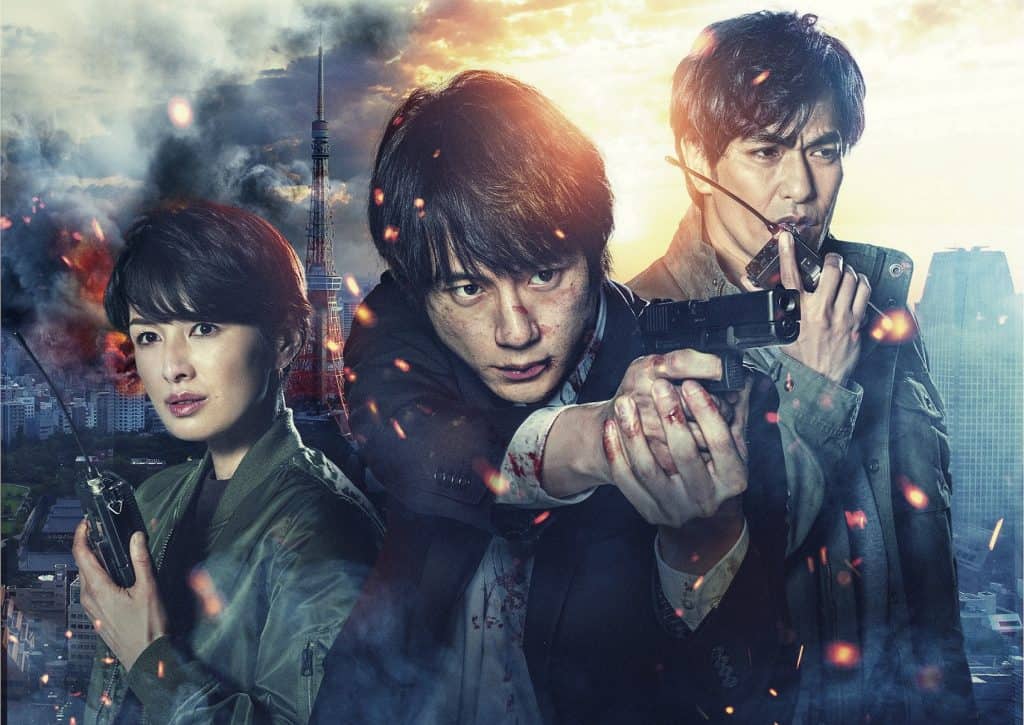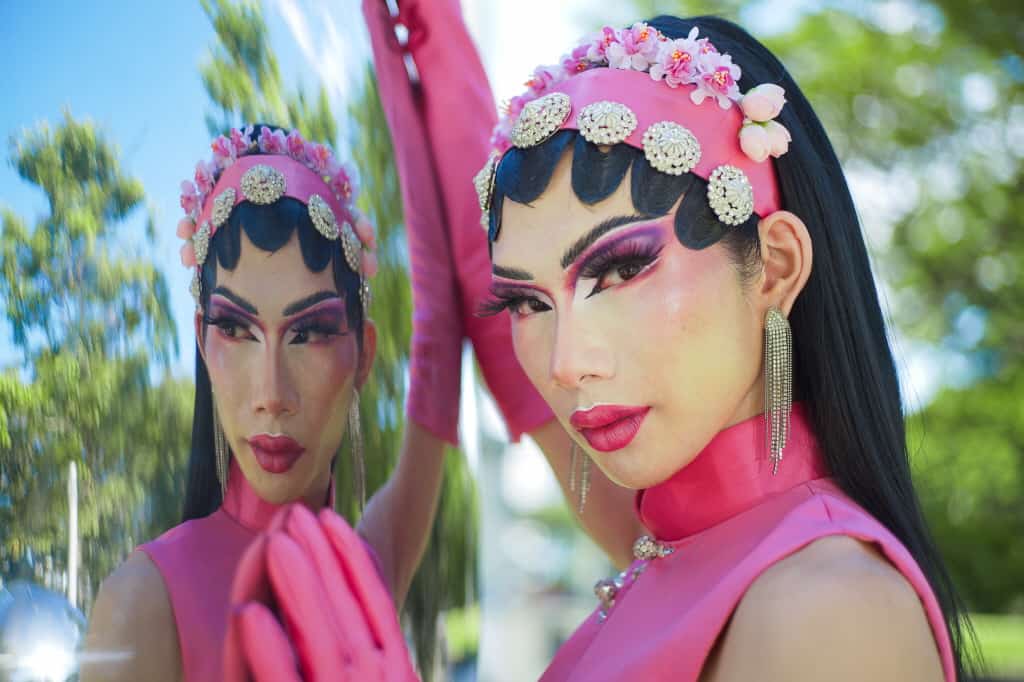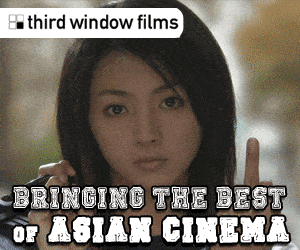Films shot in Japan by foreigners have given us a number of notable features during the recent years, with the works of Anshul Chauhan and Ian Thomas Ash being the first that come to mind. Philippe McKie, a Canadian who has been living and working in Japan for the past ten years in the fashion industry, as a DJ in Tokyo clubs, and as a filmmaker, has also come up with his own feature, focusing on the underground dance scene that seems to be rather vibrant nowadays in the country, in a film that managed to find distribution in Japan, even amidst the pandemic.
“Dreams on Fire” is screening at Fantasia International Film Festival

After watching a dance performance in the theater as a teenager, Yume has only one dream, to become a professional dancer in Tokyo. Against her father's wishes (played in a rather ironic fashion by legendary Butoh dancer and actor Akaji Maro) she leaves her small town and moves to the capital, trying to make things work without any particular support from anyone. Living in a “coffin room”, and after participating in a dance battle where she loses miserably, Yume realizes she needs to take some lessons, and also find a line of work that will allow her to pay for them. Her search eventually leads her to a hostess bar, where she meets some lecherous clients, an even more lecherous owner, but also makes a friend and finds some business opportunities. As her line of work brings her to various clubs, including a number of fetish ones, idol groups, and also working as a teacher of an idol, she also finds herself a group, through the school she attends, which allows her to pursue her dream to the fullest. Alas, her road is anything but paved with roses.
The most impressive aspect of the movie, and probably the one any viewer will notice first, is that Philippe McKie managed to cast a great group of actors/dancer/performers, who essentially play themselves (or aspects of themselves to be more accurate), inducing the movie with a sense of realism to the point that parts of it can be perceived as documentary/tour-guide like, in a world filled with dances, performances and shows, that are very rarely depicted on cinema. Furthermore, Bambi Naka, a famous dancer who had just finished touring with Madonna before the shooting of the movie, seems to have been ready for cinema forever, in a rather impressive debut, which benefits not just by her looks and dancing abilities, but also by her acting, with her anchoring the movie in the best fashion. Particularly the scenes where she shows her discomfort or her cheerfulness despite the situations she has to face, highlight a talent that will definitely have an impact in the following years.
Furthermore, the cast includes model, YouTube make-up influencer, and Harajuku Fashion icon Haruka Kurebayashi; popular idol group Akishibu Project member Rinomaru; adult-film star Okuda Saki; legendary underground Tokyo model Hirari Ikeda; celebrated fetish and circus performer YUSURA; and Mika, Mirin, and Yuriya of the internationally recognized, widely acclaimed go-go dance crew CyberJapan, alongside Akaji Maro, in one of the most impressive “collection” of pop and underground Japanese culture we have ever seen. Lastly, Ikuyo Kuroda, who plays Yume's mother, is actually the choreographer of the first dance sequence appearing in the movie, an approach that adds to the whole meta/tribute nature of the title.
Apart from the cast, McKie also managed to shoot the film in real and rather iconic venues, including legendary S&M bar Black Rose, Shibuya's illustrious nightclub WOMB and a number of other clubs, and even an Irish pub with DP James Latimer, managing to capture the essence of each location and the events that take place there in the best fashion, with the coloring and the lighting being ideal. Particularly the initial scene, the ones in the fetish club and the one where Yume is performing on her own are a true wonder to look at, and, in combination with the music of IC3PEAK, S.P.Y, Hospital Records, Shogun Audio and the choreographies by Yumeri Chikada, Kazane, Genta Yamaguchi, MIWA, AVECOO, Maiko Masai, Suzuyaka, who also appear in the movie, results in a true audiovisual extravaganza.
Somewhere here, however, is where the most significant issue with the film arises, since the number of locations, events, and characters, becomes a bit hyperbolic after a point, and their succession somewhat repetitive, also because they extend the movie to 123 minutes, even if individually, the overwhelming majority of them are captivating.
On the other hand, McKie also manages to present a number of comments, mostly revolving around the way show business works in Japan. That the number of followers in social media has become a major factor in all hires in the industry is the most evident one, with the fact that people who are better skilled are left behind for those who are more popular in SNS being rather eloquently depicted. At the same time, the hardships one must undertake in such a competitive setting are also commented upon, although the story also shows that the field is filled with opportunities.
“Dreams on Fire” is an impressive title that manages to highlight an aspect of Japanese show business that is very rarely depicted on screen, and one of those productions that definitely deserve to be watched on the big screen, even more than one time.


